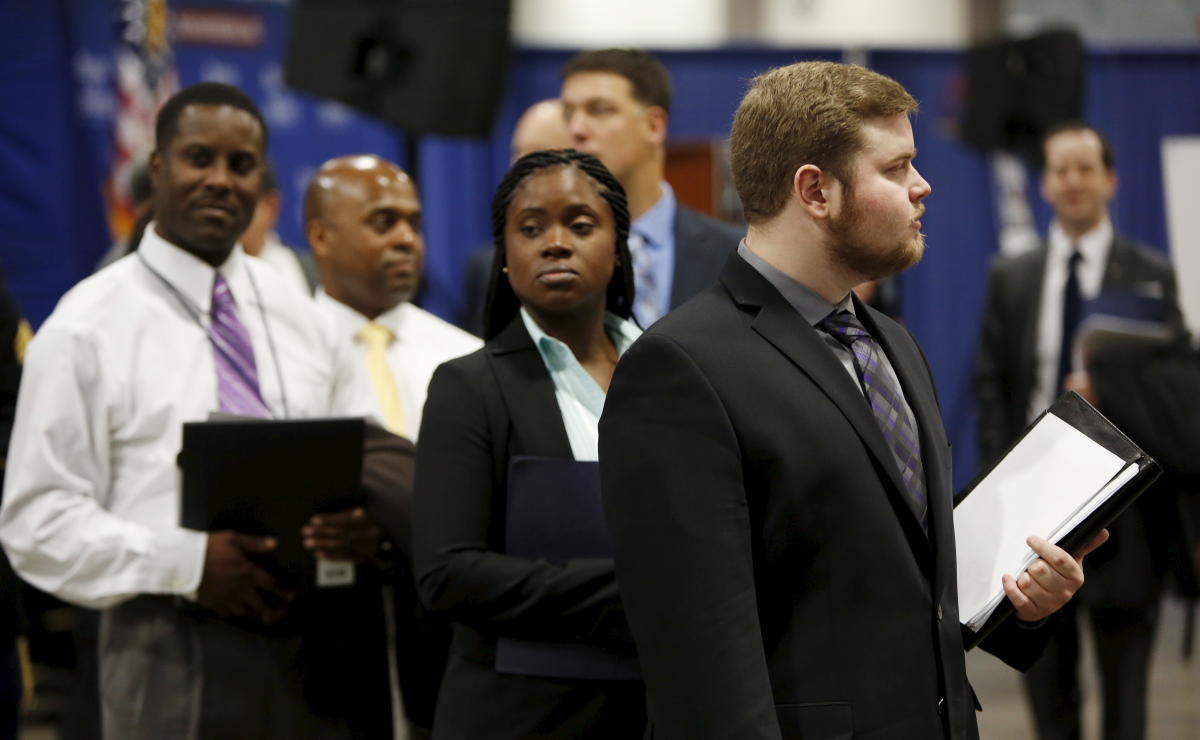Here's the latest update:
U.S. Job Market Was Weaker Than Previously Reported, Data Show
Employers might have added 818,000 fewer jobs in the 12 months through March, the Labor Department says
The job market from early 2023 through early this year
wasn’t as hot as it seemed at the time, new government data suggested Wednesday.
Compared with the still-official numbers, employers might have added 818,000 fewer jobs in the 12 months through March, the Labor Department said. That means the economy could have added around 178,000 jobs a month over that period, as opposed to the current estimate of 246,000 jobs a month.
Wednesday’s report marked the first step of an annual process by which the Labor Department updates older payroll figures using data from state unemployment-tax records that is more comprehensive, but less timely, than its
monthly employer survey. It is only a preliminary estimate of a revision that will be made to the official numbers in February.
Investors had already been anticipating a downward adjustment for the period in question. More broadly, many
haven’t quite believed that the labor market was as strong as payroll figures have suggested because other data points—such as a rising unemployment rate—have told a less rosy story. (The unemployment rate is based on a separate survey, of households instead of employers.)
A surprisingly big
increase in the unemployment rate last month has increased speculation that the Federal Reserve might cut interest rates by a larger-than-normal half a percentage point at its next meeting on Sept. 17-18—although other, more reassuring data have tempered those bets. Central-bank officials from around the world will meet in Wyoming this week, and Fed Chair Jerome Powell could provide hints about the Fed’s thinking in a speech on Friday.
Market reaction to Wednesday’s report was muted. Stocks notched modest gains, with the S&P 500 rising 0.4%.
The yield on the benchmark 10-year U.S. Treasury note settled at 3.778%, down from 3.818% Tuesday. Yields on shorter-term Treasurys fell more, a sign that traders think the Fed might have to cut rates a little more aggressively than they had previously anticipated.
Wednesday’s report doesn’t necessarily mean that job gains in the months after March will be revised downward. The payroll growth suggested by the preliminary estimate could also be revised upward when the actual adjustment is made in February. That has been the case in each of the past four years, Goldman Sachs analysts wrote in a recent report. Analysts at Barclays wrote Wednesday that they expect the eventual revision to be about half the size of the initial estimate.
Some analysts have also noted that revised payroll figures could be misleading because they might not take into account a recent surge in immigration that has powered the job market.
Unauthorized immigrant workers are likely to be included when the government surveys businesses to ask them about their employees. But they don’t qualify for unemployment insurance, so they may not show up in the jobs data based on state unemployment-tax records.
The estimated revisions were scheduled to be released at 10 a.m. ET but didn’t appear on the Labor Department’s website until about 10:30 a.m. A spokesperson said the agency was “looking into the reason for the delay.”

finance.yahoo.com
 Yayyyyyyy!!!!! Bad news for America!!!!
Yayyyyyyy!!!!! Bad news for America!!!! Hooray for bad news for America!!!!
Hooray for bad news for America!!!! Go bad news for America!!!!
Go bad news for America!!!!
